"Among others came Robert, Earl of Gloucester, son of King Henry, but a bastard, a man of proved talent and admirable wisdom. When he was advised, as the story went, to claim the throne on his father's death, deterred by sounder advice he by no means asserted, saying it was fairer to yield it to his sister's son than presumptuously to arrogate it to himself."
|
On the 31st October 1147 occurred death of Robert, Earl of Gloucester the illegitimate son of Henry I and a chief supporter of his half-sister Matilda during the Anarchy. Robert of Gloucester was a proposed candidate for the throne of England. In the Gesta Stephani it is written: "Among others came Robert, Earl of Gloucester, son of King Henry, but a bastard, a man of proved talent and admirable wisdom. When he was advised, as the story went, to claim the throne on his father's death, deterred by sounder advice he by no means asserted, saying it was fairer to yield it to his sister's son than presumptuously to arrogate it to himself." But because of his illegitimacy, he was ruled out, however, in 1139 Matilda was heading for England to enforce her right to the throne of England. On the death of her father Matilda was in Anjou with her husband, but on hearing that Stephen had usurped the throne she left there for Normandy. She, along with Gloucester, set out for England. On the 2nd February 1141 Ranulf, Earl of Chester seized control of Lincoln Castle and fortified it against attack, the people of Lincoln appealed to the King for help. Stephen responded, riding to Lincoln at the head of his army, it is said that he placed his bowmen and siege machines on the west front of Lincoln Cathedral, which faces the castle across Castle Hill, but soon after the arrival of Stephen, Gloucester came to Matilda’s aid. The inhabitants of the city joined Stephen's forces against Gloucester's army, but the royal army was overwhelmed. The city itself suffered for its support of King Stephen many of its inhabitants killed by the victorious army under Gloucester. Eventually, the King was taken prisoner imprisoned at Bristol. Six months later the tables were turned and Gloucester was himself captured on a bridge in the Hampshire village of Stockbridge following a rout at Winchester and imprisoned. Matilda later escaped from her guards at Devizes by disguising herself as a corpse and being carried out for burial. Robert of Gloucester died five years later at Bristol Castle, the very castle in which the king was held. He was buried in the St James' Priory, Bristol, which he had founded. A year later, following Gloucester's death, Matilda and her son Henry, the future Henry II returned to Normandy.
0 Comments
Roger Mortimer was a member of a powerful Mortimer family whose established their great dynasty in the Welsh Marches. They were granted lands in Herefordshire and Shropshire at the conquest of England and by the fourteenth century, they were honoured with the title of Earls of March. For eight months following the Battle of Lewes Edward, heir to the English throne, was being held captive as a hostage by rebel leader Simon de Montfort. It was Roger Mortimer, deploying a plan of action created by his wife Maud, who rescued Edward enabling him to retake the rebel-held towns of Worcester and Gloucester. Roger Mortimer would go on to assist Henry III in the final victory over barons in 1265 at the Battle of Evesham, it would be Mortimer who would strike the blow that ended the life of the aforementioned Simon de Montfort. Mortimer later sent this gruesome trophy and other parts of de Montfort's anatomy home to Wigmore Castle as a gift for his wife. Of this event, English chronicler Robert of Gloucester wrote:
"To dam Maud the Mortimer that wel foule it ssende." It is alleged that Lady Mortimer held feast that evening to celebrate Henry's victory and that she had Simon de Montfort's head, still attached to the point of the lance, placed on show for all to see. Roger Mortimer would survive the years that saw the Statute of Marlborough passed and the signing of the Dictum of Kenilworth. Mortimer would also witness Henry III passing many of Simon de Montfort's ideas and changes to government although what he thought of it all goe's unrecorded. Roger Mortimer died on this day in 1282 at the age of fifty-one. His death, it has been said, was seen by many as a major setback in the early years of Edward I's reign. Mortimers epitaph reads: "Here lies buried, glittering with praise, Roger the pure, Roger Mortimer the second, called Lord of Wigmore by those who held him dear. While he lived all Wales feared his power and given as a gift to him all Wales remained his. It knew his campaigns, he subjected it to torment." Catherine of Valois, the beautiful and virtuous Kate from Shakespeare's Henry V is defined by the events of her later life, her marriage to Henry V, a suspected relationship with Edmund Beaufort, her affair with Owen Tudor and the ill-treatment of her body by diarist Samuel Pepys. However, little is known of her childhood and early life. Catherine of Valois was born in Paris on the 27th October in 1401. She was the ninth child and the fifth daughter of King Charles VI of France and his queen, Isabella of Bavaria. Cathrine was born while France was in turmoil - the beginnings of a power struggle at home and the continuing conflict with the enemy over the sea, the English. It is thought that Catherine had a troubled childhood and indeed she may have witnessed at first hand her father's bouts of mental illness and her mother struggling to come to terms with the situation. History tells us of the poverty ridden French court, but it doesn't tell us how it all affected her, and historians differ in their view of Catherine's upbringing, some suggest that her mother was cold and cruel and openly flaunted her lovers about court, while other say that she was kind, generous and very close to all her children. By the time Catherine was seven years old, English king Henry IV was looking for peace with France, he considered that a match between his son and a French princess would bring this about and therefore the subject was discussed on and off over the following years, eventually though Catherine was betrothed to the future Henry V. Shakespeare writes of their meeting "You have witchcraft in your lips, Kate: there is more eloquence in a sugar touch of them than in the tongues of the French council, and they should sooner persuade Harry of England than a general petition of monarchs." These sweet and seductive words to Catherine would succeed where seventy years of battling did not. Henry and Catherine were betrothed on 21st May 1420, they were married within a few weeks and Catherine would be a widow just over fifteen months later. Catherine son from her marriage to Henry V was Henry VI, his weak rule would bring about the Wars of the Roses and from Catherine's relationship with the son of a Welsh publican the mighty Tudor dynasty sprang.
On the 15th October 1793 Marie Antoinette had been tried and found guilty on charges of treason, conspiracy and collusion with domestic and foreign enemies, a fifth charge, that of incest was dropped. Early in the morning of the 16th, Louis XVI's queen wrote a letter to her sister, in this letter she stated that she had a clear conscience, that she loved, and was concerned for, the future of her children, the letter was taken from her but never delivered. By midday the she was climbing the steps of the scaffold. History tells us that Marie accidentally stood on the foot of her executioner and said "Pardon me, sir, I meant not to do it" but just a few minutes later, at 12.15, the much despised Marie Antoinette was dead and her body was unceremoniously thrown into an unmarked grave. There can be no doubt that Marie Antoinette was despised and hated, to the the French people she represented the vices of wealth and greed and more importantly aristocracy and absolutism. Even her contemporary, Mary Wollstonecraft, who was an advocate of women's rights and a supporter of the French revolutionaries, places the blame squarely on queen's shoulders. Despite the passing of two centuries this view prevails, however there are those who believe that she was misunderstood and as much a victim of the revolution as the hundreds of others who went to the guillotine. The sketch below was drawn as Marie Antoinette was paraded through the crowd on the way to her execution, you can see that she wears a white dress and that her long blonde hair has been cut - was this an attempt on the part of the revolutionaries to show how even the mighty can be toppled or an attempt by the queen herself to show that she was indeed a innocent victim.
After his victory at the Hasting William the Conqueror headed for London. He left behind, among the dead, the mutilated body of the defeated English king Harold Godwinson. The following day, the 15th October 1066 as the mighty conqueror's army made their way to the capital, Edgar Aetheling, one of three claimants to English throne was proclaimed king. Aetheling had the support of both the Ealdred, Archbishop of York, Stigand Archbishop of Canterbury and the Earls of Northumbria Edwin and Morcar. If Edgar Aetheling could take on the Norman army, his future, as king, would be secured. However, as the noise of the approaching Norman army headed their way Edgar's cause was abandoned and the men, who initially supported him, began frantically feathering their own nests. Edgar Aetheling was taken as a captive to Normandy from where he escaped. By 1068 he was in the Scottish court of King Malcolm III, who was his sister's husband. However, by 1097 Edgar was leading an English invasion against Scotland. Eighteen years later it was reported by William of Malmesbury that Aetheling was still alive in 1125 Malmesbury wrote
‘he now grows old in the country in privacy and quiet.’ Just over a hundred years ago in the small Cornish village of St Columb Minor, the villages thatched public house caught on fire, not unusual for buildings of this sort, but what was unusual was what occurred after the fire was out. The public house, the Farmers Arms, caught fire on the 10th of this month in 1913 the cause of which was a firework. Two fire brigades arrived, one from Newquay, who arrived first wearing brand new uniforms and one brigade from St Columb Major, both brigades work together but sadly the fire destroyed the inn. Once the fire was out a 'water fight' between the two fire brigades began. The fight was over the use of the single hydrant which stood near the inn. The hydrant had two hose connectors and the Newquay brigade, who had arrived on the scene forty minutes before St Columb Major had attached their hoses to both connectors. St Columb Major fire brigade, who considered themselves the superior force, were extremely angry that they had to use water from the local pond to help put the fire out turned their hoses on 'rival' brigade. The fight lasted only a quarter of an hour but Newquay’s new uniforms were ruined and both brigades returned home to find later that the incident had been relaid to a national magazine and the rest of the country were reading all about them.
Victorian artists, such as John Gilbert, were known for their pencil sketches of historical events, these illustrations would appear in the Illustrated London News. It was during this period that the moustache had a bit of a revival. In the first of the above images, John Gilbert has a number of Yorkists, including a misshapen Richard of Gloucester mocking the body of John Clifford who you can see has a moustache, in his illustration of Shakespeare's Henry VI Part III. Also from the same play, another of Gilbert's illustrations depicts a moustached Earl of Warwick speaking to a messenger. Both these images are confusing, very few men from this period shaved their beards and left only a moustache - although it wasn't unknown as you can see from the tomb of Edward, the Black Prince, he has a fine long moustache. During the Elizabethan period many men wore beards, but during the reign of James I beards had had their day and moustaches became fashionable as the would, as previously mentioned, at the beginning of the Victorian era - Lord Bryon wore a splendid one. If you want to read a bit more on the subject of facial hair Lucinda Hawksley's book Moustaches, Whiskers and Beards: A History of Facial Hair, is worth read. It looks at the worst and the most hilarious examples of facial hair.
www.lucindahawksley.com/moustaches-whiskers-beards/ Bishop Robert Grosseteste died on the night of the 8th or the early morning of the 9th of October in 1253 at Buckden in Huntingdonshire. Very few people have heard of Bishop Robert Grosseteste, even here in his home city of Lincoln he is really only known because of the university which took his name. In the 13th century Lincoln was the largest diocese in England its inhabitants made up one fifth of the entire population of the country and it was here in 1235 that he was appointed bishop. Before his appointment however, Grosseteste had written several important texts on the subject of creation and redemption. He was also a scientist and is seen as having major role in the development of western scientific tradition. His work, On Light or the Beginning of the Forms - which was written around 1220, includes his thoughts on cosmogony, he even wrote of the physics of rainbows. Grosseteste was intelligent and influential and according to English chronicler Matthew Paris, he regarded himself as personally responsible for the spiritual welfare of every individual in the diocese. Almost as soon as he had settled into his position as Bishop of Lincoln he quarrelled with the clergy, he denounced the pope and the Lincoln cardinals to their faces stating that they ‘acted contrary to Christ.’ Grosseteste was uncompromising and forthright and this led to the Pope giving him up as unmanageable. He also had a sharp tongue and didn't mince his words, he once said to Henry de Montfort, the eldest son of the more famous Simon. "My beloved child, both you and your father will meet your deaths on one day, and by one kind of death, but it will be in the name of justice and truth." Grosseteste was right for on the 14th of May 1264 at the Battle of Lewes, both Henry and his father Simon died grisly deaths. Of Henry de Montfort's death, his first-born son and heir, in full view of his father, perished, split by a sword and of Simon himself: "the head was severed from his body, and his testicles cut off and hung on either side of his nose" Bishop Robert Grosseteste died an old man and was laid to rest in a chapel dedicated to him in Lincoln Cathedral. Over his body a plaque reads: Robert Grosseteste Bishop of Lincoln 1235 - 1253.
|
Archives
February 2024
Categories
All
After ten years in the workplace I became a mother to three very beautiful daughters, I was fortunate enough to have been able to stay at home and spend my time with them as they grew into the young women they are now. I am still in the position of being able to be at home and pursue all the interests I have previously mentioned. We live in a beautiful Victorian spa town with wooded walks for the dog, lovely shops and a host of lovely people, what more could I ask for.
All works © Andrea Povey 2014. Please do not reproduce without the expressed written consent of Andrea Povey. |
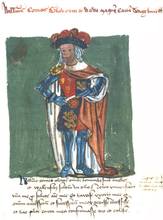
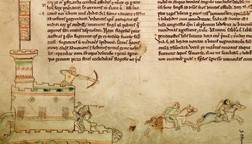
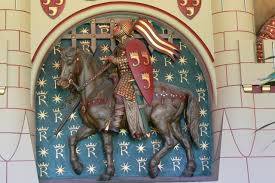
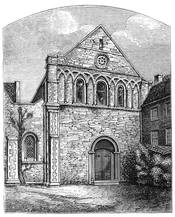
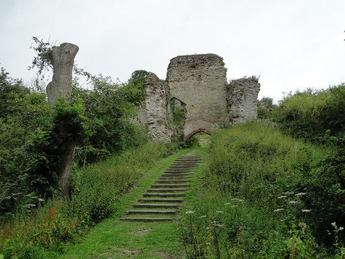
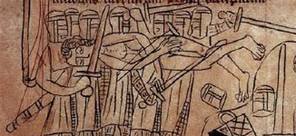
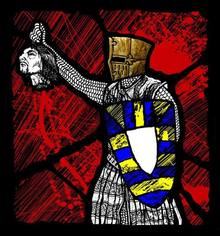
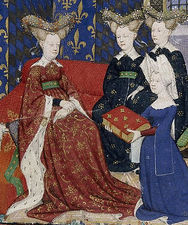
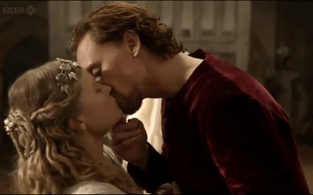
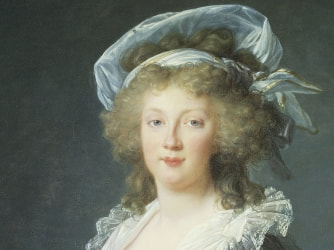
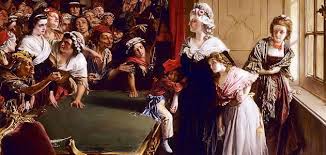
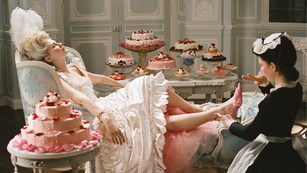
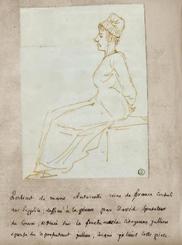
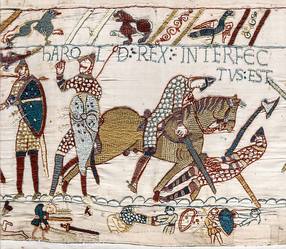
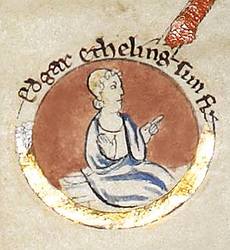
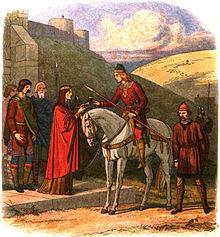
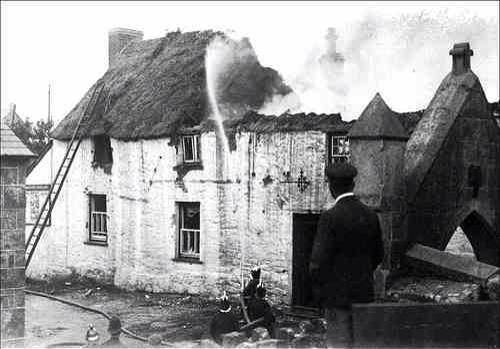
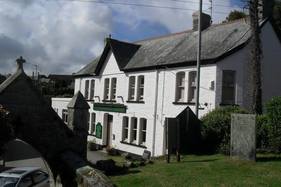
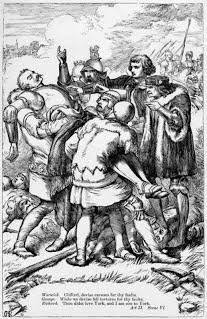
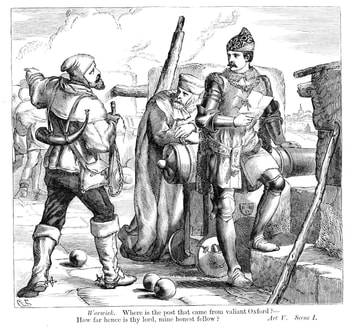
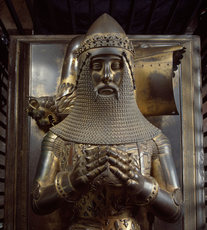
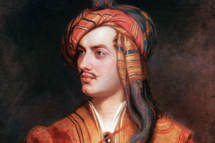
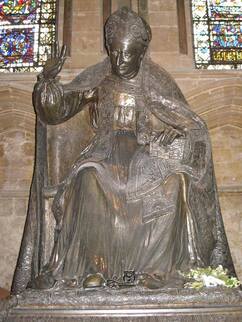

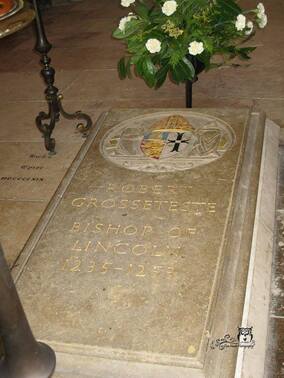

 RSS Feed
RSS Feed
